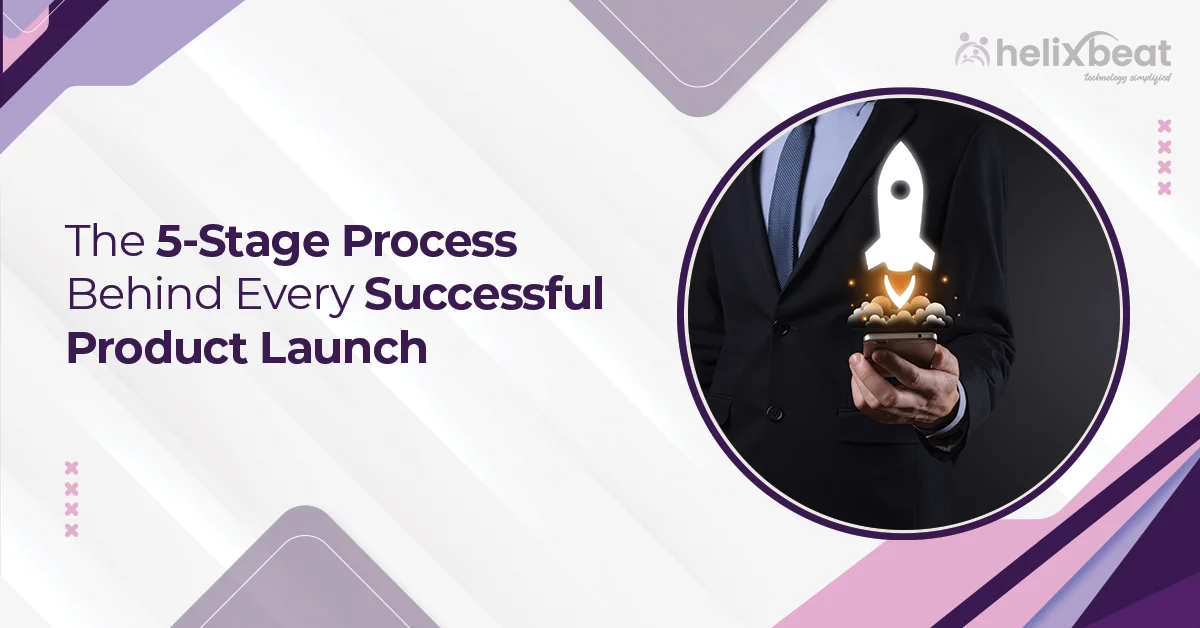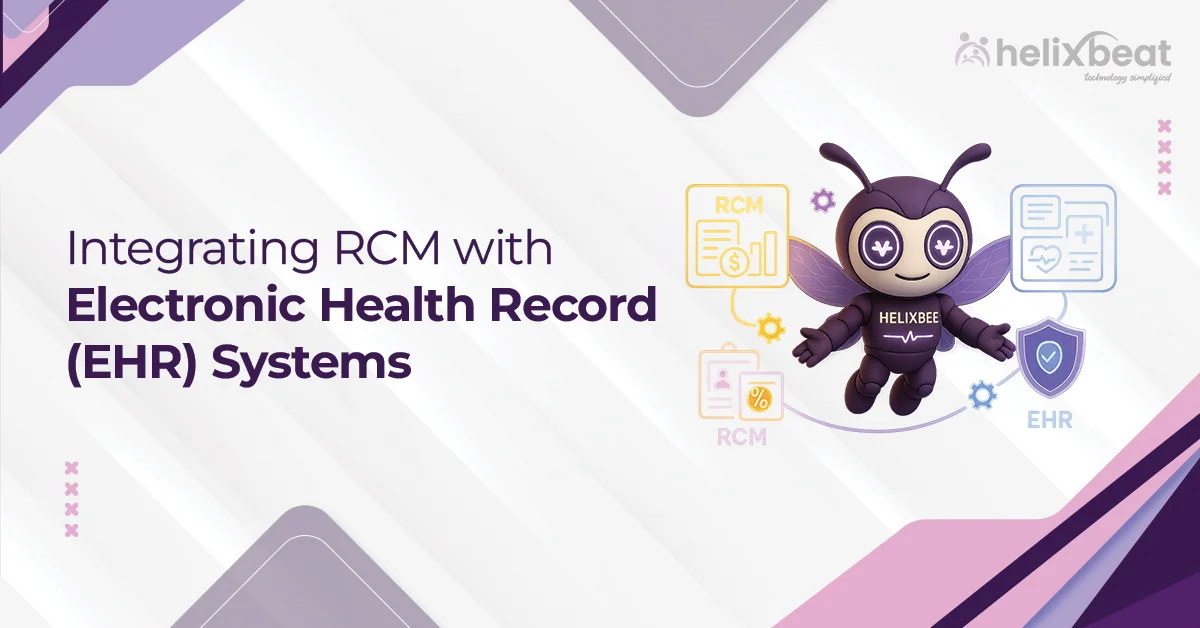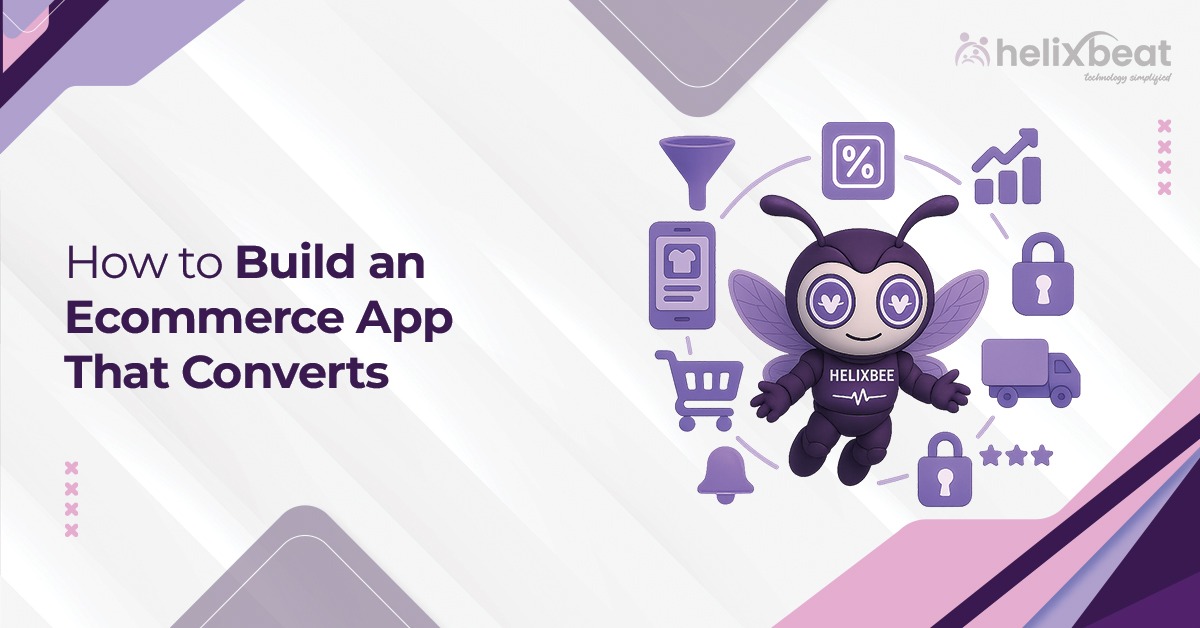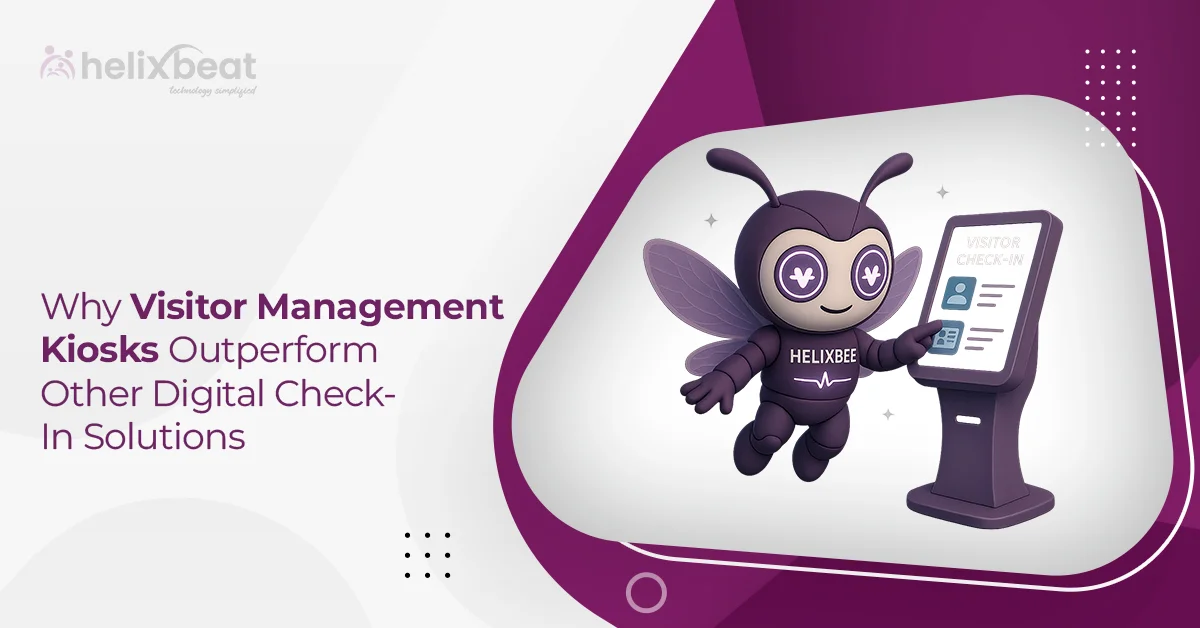Launching a product is one of the most important steps in any business. But it’s not just about making the product and putting it out there. A strong launch requires a clear plan, proper timing, and a step-by-step product development process that guides the team from idea to final release.
Many businesses face challenges because they skip key stages like research, testing, or customer feedback. According to studies, about 45% of new product launches fail often because of poor planning or a weak connection to what the market really needs.
On the other hand, companies that follow a structured product development strategy are more likely to see better results, faster growth, and long-term success. Let’s see the five important stages of product development for a successful launch.

Table of Contents
What is a Product Launch?
A product launch is the official introduction of a new product to the market. It involves planning, promotion, and coordination across teams like marketing, sales, and support. The goal is to create awareness, attract customers, and drive early adoption.
Product launches can be done in different ways, such as MVP releases, soft launches for limited users, or full-scale rollouts.
A well-planned launch helps your product reach the right audience, build credibility, and generate initial traction for growth.
Importance and Advantages of Product Development
The product development process plays a critical role in turning ideas into market-ready solutions. It forms the backbone of innovation and is essential for staying competitive in fast-moving industries. A structured approach allows teams to validate concepts, reduce technical risks, align resources, and shorten time-to-market.
Importance of Product Development:
- Customer-Centric Innovation: It helps businesses design products that solve real user problems, improving product-market fit.
- Risk Mitigation: Early-stage feasibility analysis and prototyping reduce chances of failure post-launch.
- Cross-Functional Alignment: It connects design, engineering, marketing, and business teams under a unified roadmap.
- Scalability Planning: The process enables better forecasting, allowing for future upgrades, versions, or product line expansions.
Advantages of Product Development:
- First-Mover Advantage: Companies that innovate faster gain a competitive edge and brand leadership.
- Revenue Growth: Well-developed products lead to higher customer retention and recurring revenue.
- IP Creation: Developing proprietary technology or unique features strengthens brand value and creates licensing opportunities.
- Efficient Resource Use: Agile product development strategies improve iteration cycles and optimize budget allocation.
By following a clear product development strategy, organizations can deliver high-quality products that meet business objectives and user expectations while also reducing technical debt and improving scalability.
The 5-Stage Process for Your Successful Product Launch
A successful launch isn’t a one-day event; it’s the outcome of a structured, iterative, and cross-functional product development process. Here’s a breakdown of the five critical stages every high-performing team follows before going live:
Stage 1: Discovery & Market Validation
This is the foundation of any launch. It’s where assumptions are tested, and ideas are validated.
- Conduct problem-solution fit analysis to verify real-world relevance.
- Use the Jobs-To-Be-Done (JTBD) framework to understand core user motivations.
- Validate demand through surveys, interviews, and prototype testing.
- Analyze competitor offerings and market gaps via a feature-comparison matrix.
Outcome: A validated product concept with clearly defined user needs, competitive positioning, and opportunity sizing.
Stage 2: Strategic Planning & Roadmap Alignment
This phase involves translating market insights into a clear, actionable product development strategy.
- Create a PRD (Product Requirements Document) detailing features, user flows, and constraints.
- Define success metrics: activation rate, CAC, LTV, retention curves, etc.
- Develop a release roadmap with phased delivery and milestone tracking (using Agile/Scrum or hybrid models).
- Align GTM strategy with product timeline, pricing, and positioning.
Outcome: A roadmap backed by strategic alignment between product, engineering, marketing, and sales.
Stage 3: Development, Testing & Internal QA
Here, the product is built iteratively and validated across different environments.
- Begin with MVP scope and execute sprints with test-driven development (TDD) or behavior-driven development (BDD).
- Integrate CI/CD pipelines for continuous deployment and rollback support.
- Perform unit, regression, security, and cross-browser/device testing.
- Conduct alpha testing with internal stakeholders using sandbox environments.
Outcome: A stable, secure product version with known limitations, ready for external user feedback.
Stage 4: Beta Launch & Feedback Integration
Before going public, validate real-world usage with a limited user base.
- Identify early adopters for closed beta testing with access control.
- Collect qualitative insights via in-product prompts and quantitative data via tools like Mixpanel or Amplitude.
- Monitor core activation metrics (DAUs, MAUs, session duration, churn indicators).
- Implement a structured feedback prioritization system (MoSCoW, RICE, etc.).
Outcome: Actionable product improvements, verified use cases, and refined onboarding flows.
Stage 5: Public Launch & Post-Launch Optimization
This is where the product enters the market, but optimization is ongoing.
- Execute the GTM playbook: launch day PR, email blasts, influencer outreach, etc.
- Deploy onboarding journeys (guided tours, tooltips, checklists).
- Set up real-time dashboards for funnel analysis and system performance (errors, latency, drop-offs).
- Define a 30–60–90-day plan for feature releases, user retention programs, and CS feedback loops.
Outcome: A successful market entry with continuous optimization based on data, feedback, and adoption trends.
Following this 5-stage approach helps teams stay aligned, avoid delays, and deliver value to users from day one. It acts as the foundation for a smooth and scalable product development process.
Checklists for Your Product Launch
A successful product launch requires more than just a working product; it demands operational readiness, cross-functional coordination, and precision in execution.
1. Market Readiness Validation
- Conduct competitive landscape analysis to position your product effectively.
- Finalize ideal customer profile (ICP) and create validated buyer personas.
- Perform pricing sensitivity analysis to determine optimal pricing models.
2. Technical Infrastructure and QA
- Complete UAT (User Acceptance Testing) and load testing for performance benchmarking.
- Confirm API stability and third-party integration readiness.
- Set up real-time monitoring tools for uptime, user behavior, and incident response.
3. Marketing and GTM Collateral
- Finalize go-to-market (GTM) strategy, including product messaging and positioning.
- Prepare content assets: explainer videos, product one-pagers, demo decks, and landing pages.
- Set up multi-channel launch campaigns (email, paid media, PR, webinars).
4. Internal Team Alignment
- Train sales and customer support teams on use cases, objection handling, and onboarding workflows.
- Conduct pre-launch simulations with internal teams to identify friction points.
- Define escalation matrix and incident management protocols.
5. Post-Launch Strategy
- Establish customer feedback loops using NPS, CSAT, and in-app surveys.
- Monitor activation metrics and conversion funnels to refine onboarding.
- Plan for iterative releases and hotfix cycles based on usage data and error logs.
A disciplined checklist ensures your team isn’t just shipping a product but launching a scalable, validated solution aligned with business goals and customer needs.
3 Types of Product Launch Events
Choosing the right launch type is a strategic decision. It depends on your product’s maturity, risk tolerance, user readiness, and market complexity.
Each launch type serves a specific purpose within the product development process and helps align your release strategy with business goals and user expectations.
1. MVP Launch (Minimum Viable Product)
An MVP launch introduces a stripped-down version of the product with only the core features necessary to solve the primary user problem.
Key Objectives:
- Validate product-market fit quickly and cost-effectively.
- Gather early behavioral and feedback data.
- Avoid wasting time and effort by improving the product based on how real users actually use it.
When to Use:
- New startups testing a concept.
- Products entering untested or niche markets.
- Teams using Lean Startup or Agile frameworks.
Note: Success depends on clear hypothesis definition, fast iteration, and access to early adopters.
2. Soft Launch
A soft launch means releasing the product to a limited audience, region, or channel before a broader rollout.
Key Objectives:
- Identify technical bottlenecks under real conditions.
- Test operational workflows, customer support readiness, and marketing messaging.
- Validate feature adoption and engagement metrics before scaling.
When to Use:
- Products with complex workflows (e.g., SaaS, mobile apps).
- Businesses entering a new segment or geography.
- Teams seeking controlled feedback with minimized brand risk.
Note: It requires strong analytics and feedback loops, along with contingency plans for course correction.
3. Full-Scale Launch
A full-scale or general availability (GA) launch involves rolling out the product across all intended markets, users, and channels.
Key Objectives:
- Maximize reach, revenue, and brand visibility.
- Execute a fully integrated go-to-market campaign (sales, media, partnerships).
- Drive aggressive customer acquisition and growth.
When to Use:
- Post-successful beta or soft launch.
- Products with mature infrastructure, proven value, and market readiness.
- Backed by complete internal readiness across sales, support, and ops.
Note: Full-scale launches must be done carefully. If not, they can hurt your brand’s image.
Each launch type aligns with specific product development stages, and selecting the right approach can reduce friction, improve outcomes, and protect your brand’s credibility.
Examples of Successful Product Launches
1. Slack (MVP to Full-Scale Launch)
Slack started with an internal MVP used by its own team. After refining the product through user feedback, it opened a beta version to select companies. The full-scale launch followed with viral growth, driven by word-of-mouth and a strong onboarding experience.
Success Factor: Iterative development and user-led refinement.
2. Dropbox (Soft Launch with Referral Loop)
Dropbox used a soft launch strategy by releasing a beta version to early users and introducing an invite-only referral system. This not only created demand but also helped scale without spending heavily on paid marketing.
Success Factor: Smart distribution model during the pre-scale phase.
3. Notion (Community-Driven Rollout)
Notion focused on a soft launch targeted at creators, developers, and product managers. By building an engaged user community early on, the brand amplified its reach when it moved to general availability.
Success Factor: Targeted community engagement before public release.
Why Choose Helixbeat for Your Product Development Journey?
At Helixbeat, we help you launch successfully with the right plan, speed, and support. From early idea validation to full product rollout, we follow a clear product development process that saves time, avoids mistakes, and gets real results.
Whether you need help creating an MVP, shaping your product development strategy, or managing a complete launch, our team is with you at every step, where we handle everything from design to testing.
With Helixbeat, you get:
- Agile workflows tailored to your business model
- Dedicated product teams for faster iteration
- End-to-end support from concept to commercialization
- Scalable architecture and clean codebase
- Post-launch optimization and analytics integration
If you’re serious about building a product that grows with your business, we’re here to guide you through every stage. Contact us today to turn your product vision into a successful launch.
FAQ:
1. What is the product development process?
The product development process is the step-by-step journey of turning an idea into a real, market-ready product. It includes stages like research, planning, building, testing, and launching. This process helps reduce risks, align teams, and improve the chances of a successful launch.
2. What are the five major stages of product development?
The five main stages are discovery and research to validate the idea; planning and strategy to define the roadmap; design and development to build the product; testing and feedback to refine it; and finally, launch and optimization to release and improve based on user data.
3. What are the 4 Ps of product strategy?
The 4 Ps stand for product, price, place, and promotion. Product refers to what you offer, price is how much you charge, the place is where it’s available, and promotion is how you market it to reach your audience.
4. What is a product development strategy?
A product development strategy is the plan a company uses to build, improve, and launch a product. It includes goals, target audience, timelines, technology stack, and marketing approach. A good strategy aligns business needs with customer expectations and product capabilities.
5. What is the most important part of product development?
The most critical part is achieving a strong product-market fit, making sure your product solves a real problem for a specific group of users. Without this, even a well-built product can fail to gain traction or deliver value.














